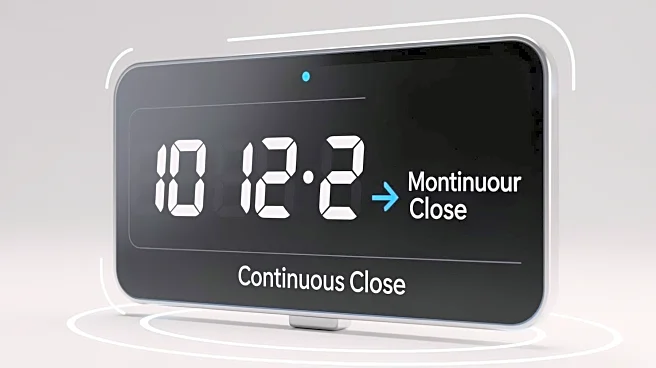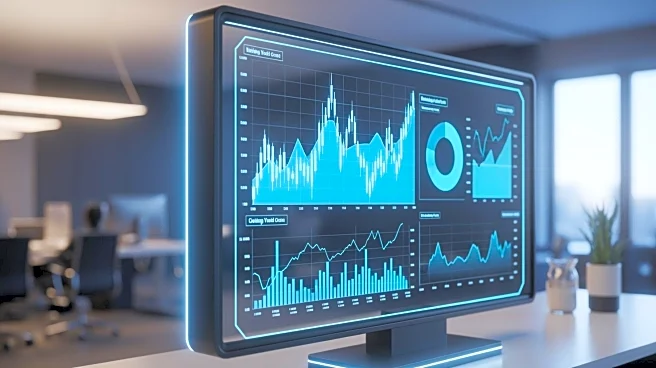What's Happening?
The accounting industry is experiencing a significant shift from traditional month-end closes to continuous close models, driven by advancements in technology. Historically, month-end closes were necessary
due to batch-processing constraints, such as monthly bank statement reconciliations and manual ledger postings. However, these constraints have largely disappeared since 2010, with modern bank feeds updating in real-time and subledgers syncing automatically. According to recent AICPA research, automated feeds and real-time ledgers are now standard features in continuous close implementations. This transition allows finance teams to maintain 'always current' books, reducing the workload associated with traditional month-end closes. Organizations automating reconciliations for bank accounts, credit cards, and high-volume subledgers have seen a 30-40% decrease in close-window workload.
Why It's Important?
The shift to continuous close models is significant for the accounting industry as it enhances efficiency and accuracy in financial reporting. By adopting these models, finance teams can allocate their time more effectively, focusing on real-time monitoring and exception handling rather than retrospective confirmation. This evolution rewrites the audit calendar, making interim reviews more meaningful than year-end verification. For clients, financial statements remain in draft status, always up-to-date and ready for refinement. This approach not only improves the quality of financial data but also supports better decision-making processes. The transition to continuous close models represents a major advancement in accounting practices, offering substantial benefits to both accounting firms and their clients.
What's Next?
As more organizations adopt continuous close models, the accounting industry may see further innovations in financial reporting and audit processes. Firms are likely to continue automating reconciliations and compressing review cycles from monthly to weekly, ensuring that issues are resolved promptly. This shift may lead to changes in regulatory practices, as sectors and public companies adjust their internal control and audit readiness cycles. The focus will increasingly be on designing processes that surface exceptions immediately, enhancing the real-time value of financial data. Continuous close models may become the standard practice, transforming how accountants manage their workflows and interact with clients.
Beyond the Headlines
The transition to continuous close models may have deeper implications for the accounting profession, including changes in educational requirements and professional development. As technology plays a more central role in accounting practices, professionals may need to acquire new skills related to data analytics and automated systems. This shift could also influence the ethical standards of the profession, as real-time data handling requires robust security measures and transparency. The long-term impact may include a cultural shift within the industry, as accountants embrace more dynamic and proactive roles in financial management.











